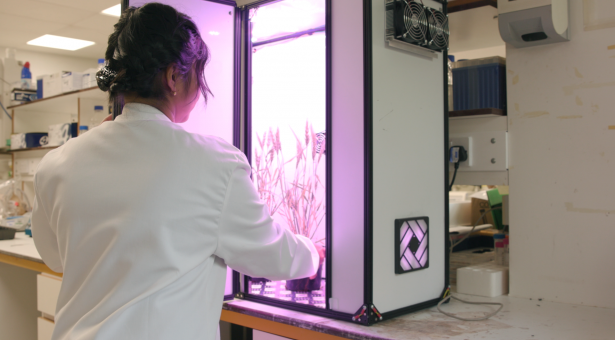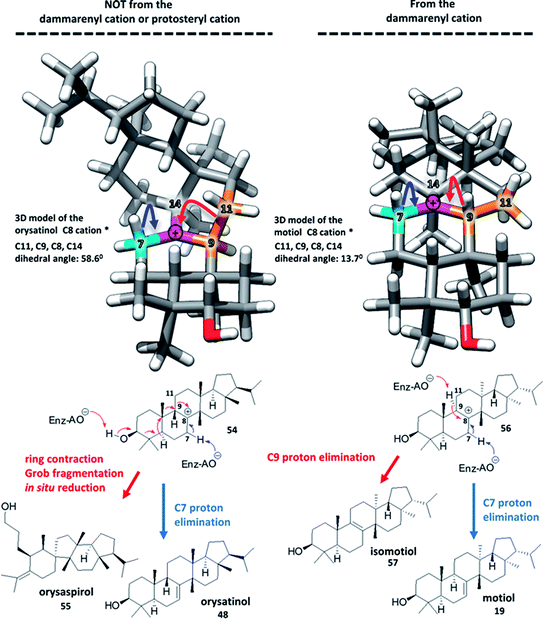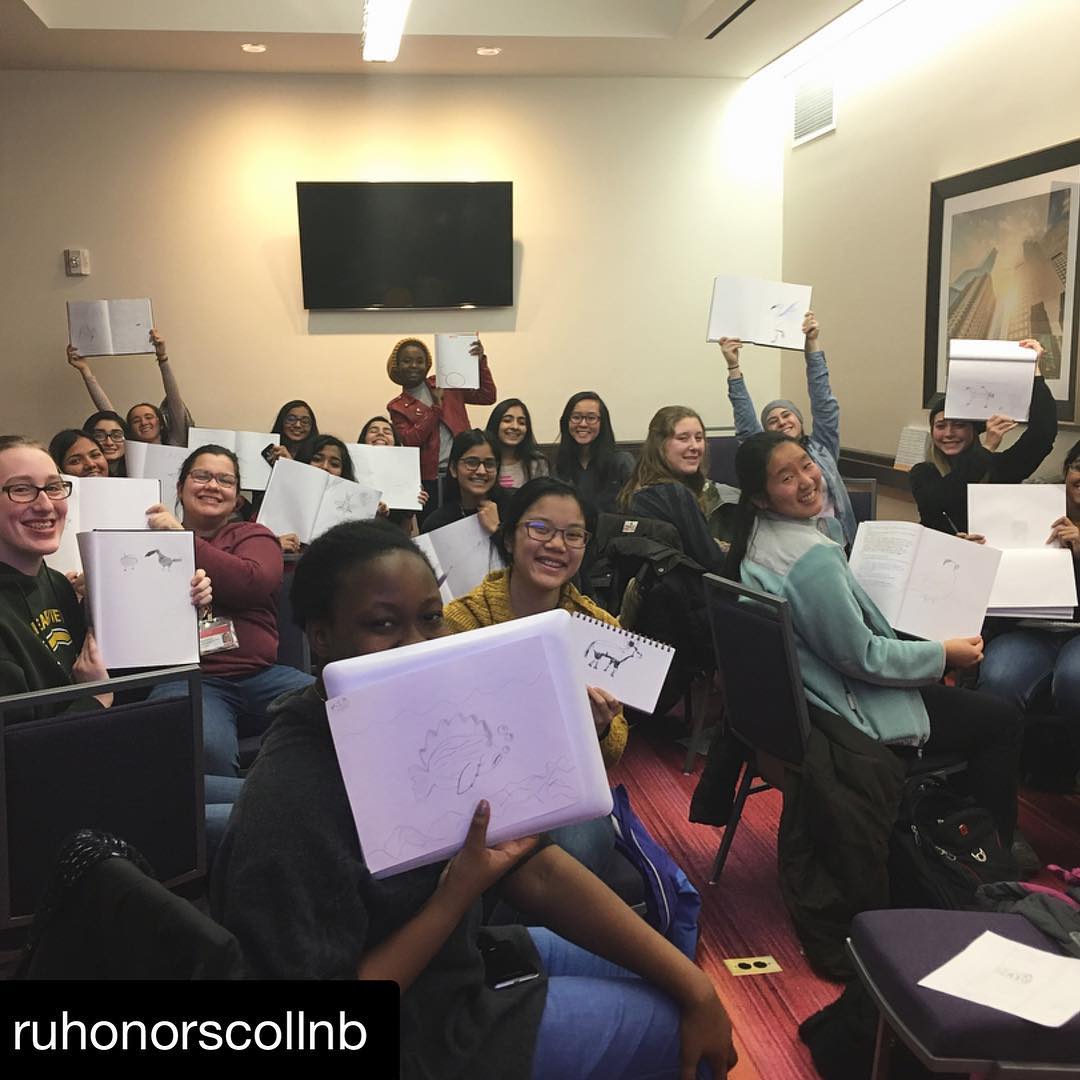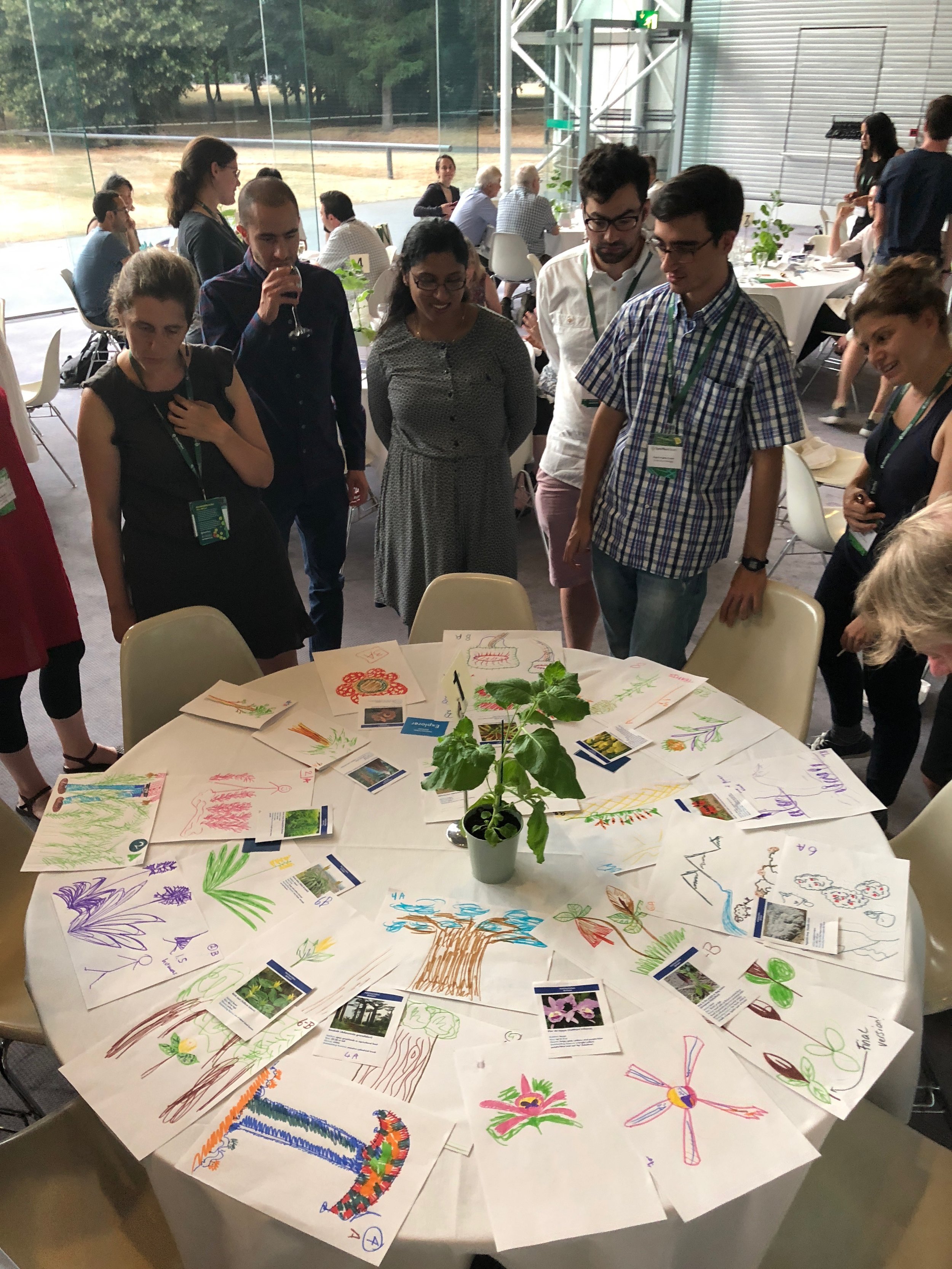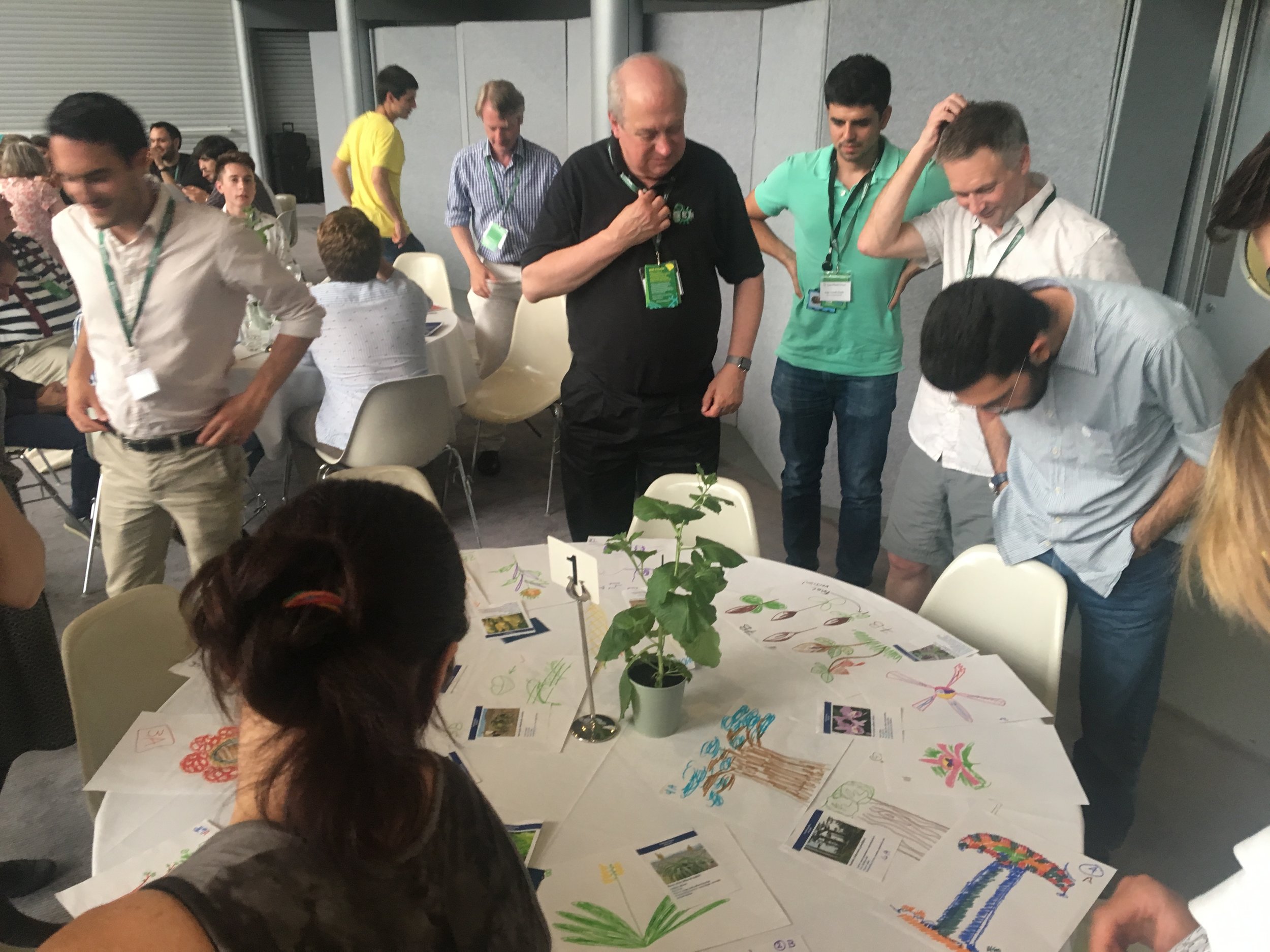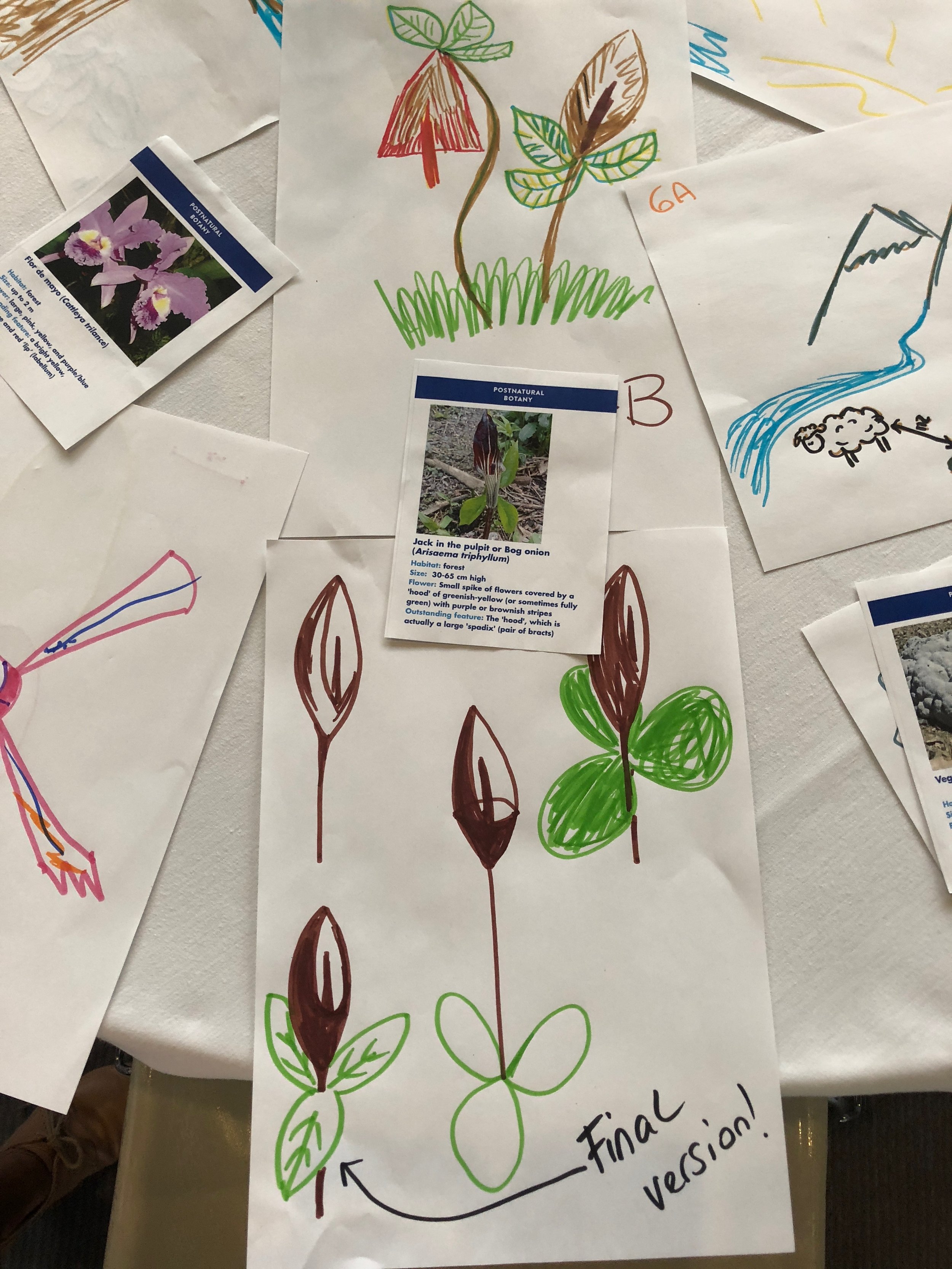OpenPlant PI Chris Howe and colleagues published their work on control of plastid gene expression in the dinoflagellate Amphidinium carterae:
Integrated Genomic and Transcriptomic Analysis of the Peridinin Dinoflagellate Amphidinium carterae Plastid
Richard G.Dorrell, R. Ellen R.Nisbet, Adrian C.Barbrook, Stephen J.L.Rowden, and Christopher J.Howe
Protist 170(4), August 2019, Pages 358-373
Abstract:
The plastid genomes of peridinin-containing dinoflagellates are highly unusual, possessing very few genes, which are located on small chromosomal elements termed “minicircles”. These minicircles may contain genes, or no recognisable coding information. Transcripts produced from minicircles may undergo unusual processing events, such as the addition of a 3' poly(U) tail. To date, little is known about the genetic or transcriptional diversity of non-coding sequences in peridinindinoflagellate plastids. These sequences include empty minicircles, and regions of non-coding DNA in coding minicircles. Here, we present an integrated plastid genome and transcriptome for the model peridinin dinoflagellate Amphidinium carterae, identifying a previously undescribed minicircle. We also profile transcripts covering non-coding regions of the psbA and petB/atpA minicircles. We present evidence that antisense transcripts are produced within the A. carterae plastid, but show that these transcripts undergo different end cleavage events from sense transcripts, and do not receive 3' poly(U) tails. The difference in processing events between sense and antisense transcripts may enable the removal of non-coding transcripts from peridinin dinoflagellate plastid transcript pools.

![[Closes 24 Nov 2107] Apply now to the OpenPlant Fund!](https://images.squarespace-cdn.com/content/v1/54a6bdb7e4b08424e69c93a1/1509564315902-TUO4I6QRWI9TT8UGSIAJ/OpenPlantTwitter_400x400+%281%29.jpg)

![[Closes 7 Mar 2017] OpenPlant Research Associate (Haseloff Lab)](https://images.squarespace-cdn.com/content/v1/54a6bdb7e4b08424e69c93a1/1486552818859-FH76MCA8SMFU93WB85RX/OpenPlantTwitter_400x400.jpg)









